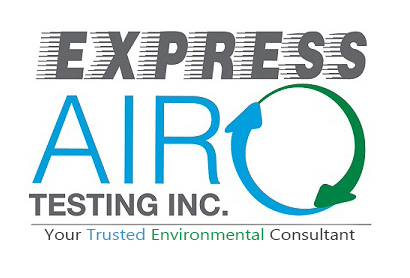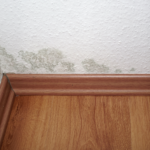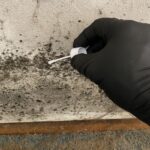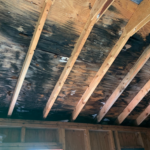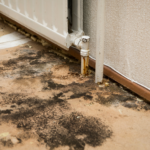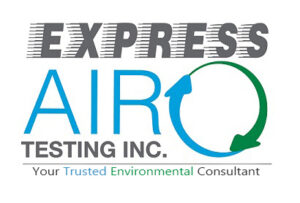What is Mold
Molds are fungi that can be found both indoors and outdoors. There are thousands of species of fungi that can be found in virtually any environment. However, elevated indoor levels of individual mold spores are a direct indicator of moisture problems or water damage. Mold may grow indoors or outdoors and thrives in damp, warm, and humid environments. Some common types of water damage molds are Cladosporium, Penicillium, Aspergillus, and Stachybotrys.
Why Testing is Recommended and Potential Health Effects
The effects of mold exposure can vary from person to person. Initial reactions to mold exposure can range from allergies, headaches, sneezing, itching, runny nose, upper respiratory problems, and skin irritation. However, long-term exposure can cause much more significant health problems, especially those with compromised immune systems, children, and the elderly. Certain species of mold release potentially dangerous mycotoxins in the air. Mycotoxins are toxic substances produced by fungi.
Certain species of mold release potentially dangerous mycotoxins in the air. Mycotoxins are toxic substances produced by fungi.
The Testing Process
Mold testing is performed by using swabs, tape lift, bulk, and air sampling. These methods are performed by collecting surface samples and/or ambient air samples and analyzed via qualitative direct microscopy to determine the species and levels of fungal spores.
